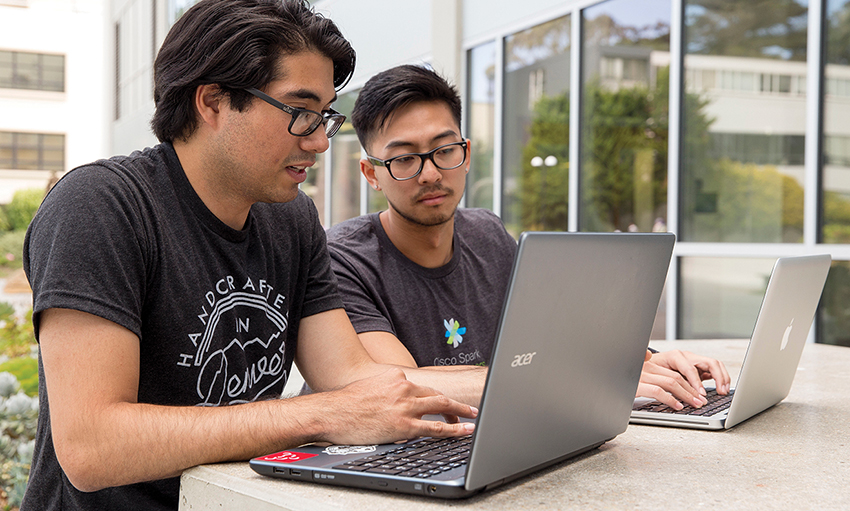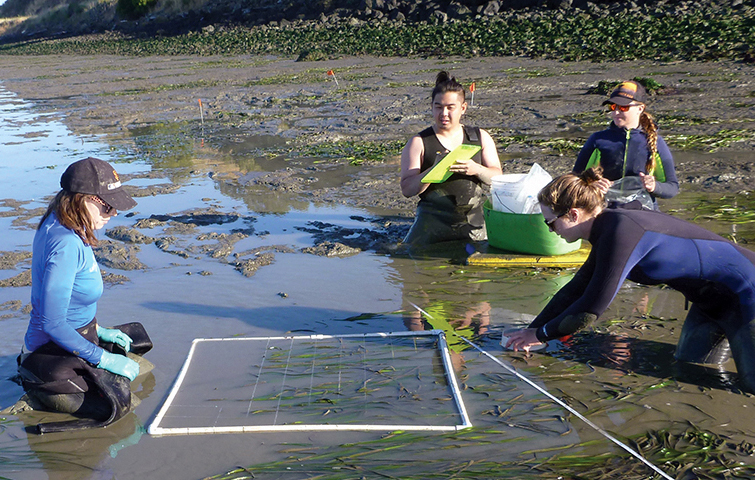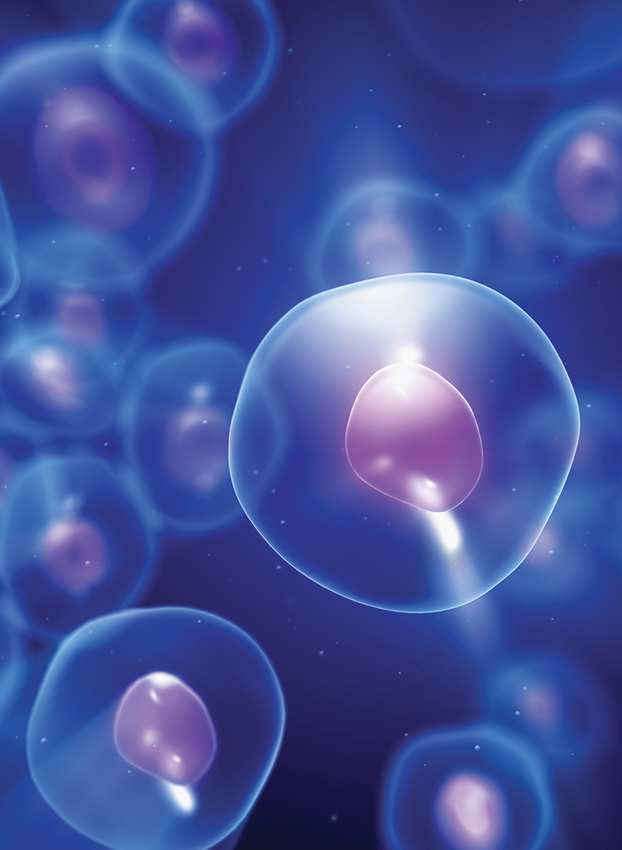Feeling Safe: There’s an App for That • Watching Over the World’s Water • Big Plans for Micro Machines
Feeling Safe: There’s an App for That

SafeZone app creators and computer science majors Matthew Serna, left, and Kevin Lay.
SF State Computer Science students Kevin Lay and Matthew Serna were working with friends at a San Francisco “hackathon” (during which tech-oriented contestants race to create something new and useful), hoping to build a social networking app that would allow users to locate nearby friends. Both found motivation hard to come by. The reason? Altruism. They wanted to build something more useful and beneficial to the public.
The hackathon was held on the 15th anniversary of 9/11, and Lay says public safety and security were key issues the team wanted to address through their new app.
“That was a big deal to us,” he says. “We wanted people to feel safe where they are.”
The resulting app is called SafeZone, and it’s designed to guide users to safety as quickly as possible in the event of an emergency or other unsafe situation, such as being followed or getting lost in an unfamiliar neighborhood. Developed during the TechCrunch SF Disrupt Hackathon, it combines a simple, one-button interface with data from MapQuest to allow the user to find the safest route to the nearest police station or hospital.
Lay, Serna and their three teammates built SafeZone over the course of a few late-night hours after scrapping a previous version. They plan to release the app soon for Android and eventually create iPhone and Windows phone versions, as well. Its functionality is limited to San Francisco for now, but other locations could be added down the line.
Watching Over the World’s Water

Researchers at San Francisco State University’s Romberg Tiburon Center (RTC) for Environmental Studies have joined a global partnership, led by the Smithsonian Institution, aimed at better understanding the world’s marine ecosystems and how tdif-hey may be affected by climate change. RTC is the Smithsonian’s first West Coast partner in the initiative.
The MarineGEO project is a worldwide network of observation sites and research centers. Biologists at each site will collect data annually, and the information will allow them to predict changes to marine ecosystems, leading to more efficient conservation and restoration efforts.
“What we set up here will be modeled by other marine partners as they join the network over time,” says Kathy Boyer, a professor of biology at SF State. “We are helping the Smithsonian Institution figure out what measurements to conduct in different habitats. For example, we’re doing the first measurements of temperate seagrasses in the network.”
In conjunction with the partnership, Boyer and her Romberg colleagues, as well as several student researchers, spent the summer documenting the patterns of invertebrate animal communities in seagrass beds and mudflat habitats, comparing natural habitat areas in Richardson Bay to restored habitat there and near the Richmond Bridge. This fall, they’ve been conducting similar work in salt marshes.
“We have some of the same communities of species here that are found in many other places. For example, the same seagrass species occurs in temperate estuaries throughout the northern hemisphere,” Boyer says. “It’s really exciting as a scientist to see how our little part of the world functions compared with the rest of the world.”
Boyer and fellow Professor of Biology Karen Crow hope to offer a suite of courses in spring 2017 to immerse undergraduate students in marine science research and allow them to participate in the new research partnership.
Big Plans for Micro Machines

SF State will join a groundbreaking cell engineering center based at the University of California, San Francisco (UCSF) aimed at adapting tools from engineering, the physical sciences and computer science to design automated machines around living cells.
The new Center for Cellular Construction is funded by a five-year, $24 million National Science Foundation Science and Technology Center grant. Administered by UCSF, the partnership will also include researchers from SF State; the University of California, Berkeley; Stanford University; the IBM Almaden Research Center; and the Exploratorium science museum.
“SF State faculty, research staff and students will be key partners in a transcendent effort to establish cell engineering as a new field,” says Keith Bowman, dean of the College of Science and Engineering. “Our students will be part of groundbreaking efforts to design and validate cells with new functionalities.”
Eight University faculty members and seven master’s degree students will participate in the project, and undergraduate students will have the opportunity to partake in summer research internships. That participation will help SF State play a key role in one of the center’s additional priorities: educating the next generation of cell engineers and increasing the participation of underrepresented minorities in the field.
“This partnership will allow our students, the majority of whom come from underrepresented backgrounds, the opportunity to gain skills and experience that will help them get into top doctoral programs and make their mark as scientists,” says Frank Bayliss, a professor of biology who will serve as diversity director for the center. “They will be working alongside a diverse group of excellent cell biologists at SF State, as well as outstanding scientists at UCSF and our other partner institutions, on high-level, cutting-edge research that will have a positive impact on society.”